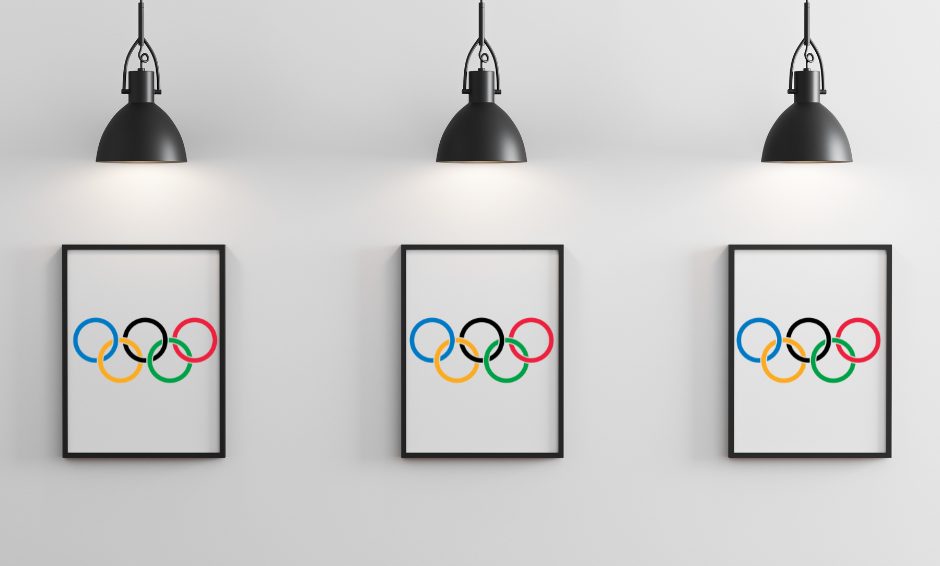The iconic Olympic symbol is a prime example of a powerful Intellectual Property
(IP) asset that unites nations and inspires millions worldwide.
Sports generate numerous IP-rich assets,
including brand names, logos, designs, copyrights, and media content. Furthermore,
athletes are influential brand ambassadors, enabling businesses to expand their
reach and market share. For instance, events like the Olympics exemplify sports' global impact.
The African Regional Intellectual Property
Organization (ARIPO) recognises the importance of IP and sports, and its
intersection offers significant opportunities for socio-economic development. License to broadcast and merchandising play
important roles in exploiting IP rights during the Olympics.
ARIPO
administers five key protocols on Patents, Utility Models, Industrial Designs, Trademarks,
Traditional Knowledge, New Plant Varieties and Copyright and Related Rights[1]. These legal frameworks provide a solid
foundation for protecting and commercialising intellectual property assets.
The Nairobi Treaty (1981), which protects the
Olympic symbol against use for commercial purposes without authorisation of the
IOC, has a very low uptake from the ARIPO Member States. It is worth noting
that among the ARIPO Member States, Kenya and Uganda are the only countries
that ratified and acceded to the treaty, respectively. At the same time, Ghana
signed but has yet to deposit its instrument of ratification. To become a party
to the treaty by signature followed by the deposit of an instrument of ratification
or deposit of an instrument of accession to be deposited with the WIPO Director
General[2].
The Nairobi Treaty consists of five interlaced
rings of equal dimensions used in one or in its five different colours from
left to right: blue, yellow, black, green and red. The interlaced rings from
left to right are the blue, black and red rings situated at the top, while the
yellow and green rings at the bottom[3].
The Olympic symbol is protected against use
for commercial purposes without the authorisation of the International Olympic
Committee (IOC). All State parties to the Nairobi Treaty are obliged to protect
the symbol, e.g., refuse or invalidate the registration as a mark and to
prohibit by appropriate measures the use as a mark or other sign for commercial
purposes of any sign consisting of or containing the Olympic symbol[4].
The Olympic Charter stipulates that the
National Olympic Committee (NOC) is to develop, promote, and protect the
Olympic Movement in their respective countries. The NOC of a contracting State
benefits from the revenue the IOC gets for authorising the Olympic symbol in a
State party to the Treaty. The NOC of that State is entitled to a part of any
revenue the IOC obtains for granting the said authorisation. Athletes and
sports associations in a country stand to benefit, building their brand and
realising their dreams.
The treaty
aims to enhance IP and sports, promote athletes, and support talent and
physical education. It also supports the National Olympics Museum, sports
academies, SMEs, entrepreneurs, and companies. It allows the use of the Olympic
symbol upon authorisation by the IOC, increases visibility to national
broadcasters authorised to broadcast the Olympics and use the symbol, supports
the National Olympics Committee initiatives to promote sports, raising
awareness, and opens doors for bilateral and multilateral trades and
international cooperation. It also increases IP filings and grants IP titles by
national, regional and international IP offices.
The Nairobi Treaty can help build a thriving
IP ecosystem, and ARIPO anticipates its Member States' ratification/ accession
to the Nairobi Treaty (1981) for protecting the Olympic symbol. Collaboration
with strategic partners will enhance IP and sports in ARIPO Member States and
Africa, thus contributing to shaping the IP landscape in Africa, especially
ahead of the 2026 Dakar Olympic games.

